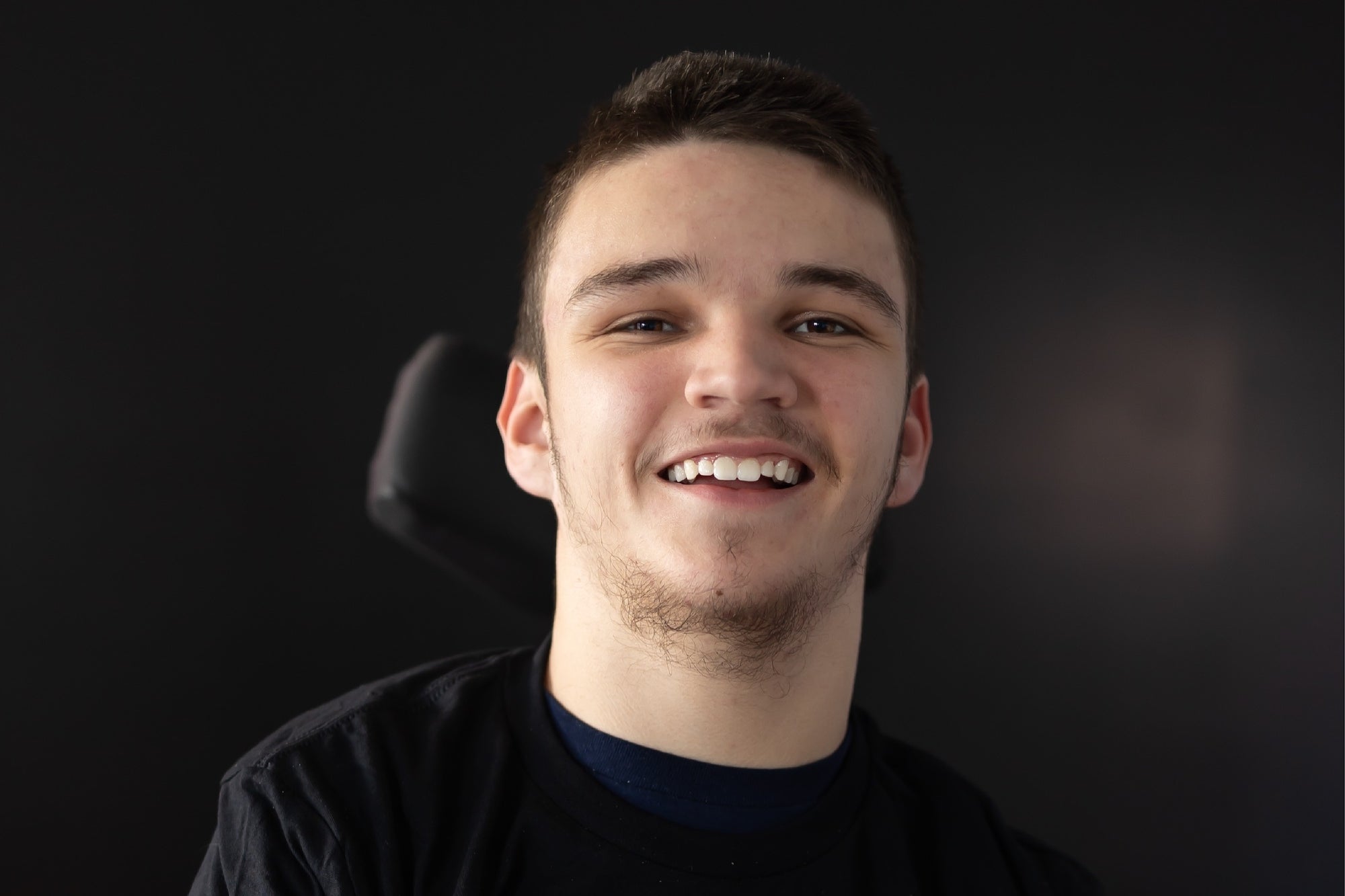The Hidden Cost of Distractions, and How to Short-Circuit Them Small interruptions have an outsized impact on productivity and creativity, often measured in hours each work day.
By Aytekin Tank
Key Takeaways
- Our minds are simply not designed follow multiple trains of thought simultaneously, and so task switching comes at immediate, and lasting, time and productivity costs.
- The solution is to prepare for interruptions and then minimize them to the greatest extent possible. This includes grouping work that requires short spans of focus.
Opinions expressed by Entrepreneur contributors are their own.
On a Saturday afternoon in December, I was working on a puzzle with one of my sons. Every so often, he would get up, walk to the kitchen, open the cabinet and come back with a handful of pretzels. Upon returning, it would take him a few minutes to remember which section he was working on and which type of piece he was hunting for. Eventually, I poured some snacks into a bowl and brought them over.
That puzzle got me thinking about attention and its effect on productivity. We can likely all agree that work happens better and more efficiently when our focus is concentrated on one task and isn't hampered by distractions. Intuitively, that makes sense, but in today's increasingly digital world, most of us tend to work like my hungry son — letting our minds wander whenever we're "hungry," and not realizing the cognitive cost of task switching. What we need in response is a kind of life hack.
As CEO of Jotform, I'm no stranger to the incessant buzz of notifications (whether emails, social media platform messages or other prompts), and I have learned that it requires more than a New Year's resolution to quiet them: it takes a concerted effort, and only truly works when done in conjunction with my team members. Happily, that process has produced strategies that I'm convinced can help others, but it's worthwhile, first, to take a closer look at what we lose every time we change what we're doing.
Related: 6 Common Reasons You Can't Get Anything Done at Work — And How to Change That
The costs of task-switching
As intelligent as we think we are, our minds are simply not designed to follow multiple trains of thought simultaneously. Professor Earl Miller, a neuroscientist at Massachusetts Institute of Technology, explained to The Guardian in 2022 that humans, in fact, are very single-minded, and with somewhat limited cognitive capacity. In reality, the human brain can only produce one or two thoughts at a time.
Put simply, multitasking (aka "task switching") — rapidly jumping from one endeavor to the next — comes at a cost. Computer scientist and author Cal Newport perhaps put it best when he observed that, "Even negligible context shifts (switching focus from the task at hand to a different [one]) are productivity poison."
Time is the most obvious casualty, and you might be losing more than you realize. Gloria Mark, of the University of California, Irvine, detailed in a 2006 Gallup article that the average amount of time people spent on any single event before being interrupted or before switching was about three minutes. More shocking still was the revelation that it required an average of 23 minutes to return to the original task. (It's worth noting, too, that this research is more than 15 years old, and that digital tools and their inherent distractions have since become even more ingrained in our lives.)
Related: Are You Wasting Your Time? The Multi-Venture Entrepreneur's Guide to Time Management
But even if a distraction doesn't cost you time — if you're somehow able to get back on track after reading that email or glancing at the DM — you'll likely work with greater stress and frustration. That's what Mark found in an empirical study of university students, conducted in conjunction with Berlin's Humboldt University Institute of Psychology.
Yet another cost of task-switching is performance, or as one Carnegie Mellon researcher memorably (if bluntly) put it, "the distraction of an interruption [instant message while performing a cognitive test], combined with the brain drain of preparing for that interruption, made our test takers 20 percent dumber."
Adding an interesting twist to the research was that participants who were warned of a looming interruption, even one that never came, improved their performance by 43%. So, preparing for distractions and training to work through them can make the mind sharper.
Related: 5 New Products That Help You Avoid Distractions at Work
Techniques for staying focused
Shutting off notifications and putting away devices seems like an obvious and effective start advice, but it also runs counter to the collaborative nature of work today.
As Newport told the New York Times in 2023: "I can't… log off the New York Times Slack channel and make myself more productive, because everyone else is using that as the way for coordinating work, and so we're all stuck there. The only way to get out of that suboptimal equilibrium is to completely change the way the organization collaborates."
Managers and execs, therefore, must make a coordinated effort to implement practices that allow for disconnection when people want to work without distraction, and they can do their part by setting an example. At Jotform, my team knows that I'm unavailable outside of regular office hours except for emergencies. They can email me at any hour, but with the knowledge that I likely won't read it until the morning. You could say that we practice an informal version of France's 2016 right to disconnect legislation (with versions passed in Spain, Italy, Germany, Ireland, Italy and the Philippines since then), which states in part that no one is prohibited from contacting colleagues outside of normal work hours, but no one will be sanctioned for not replying either.
The takeaway here is that office hours are a great idea, and you don't have to be a college professor to implement them. Just as I schedule time for uninterrupted, creative work, I carve out an hour or so each day for calls and last-minute meetings. Colleagues can check my calendar and send requests during this designated time. In the morning, when I map out the day, I try to group busy work (like reviewing invoices, replying to emails and scheduling meetings) and tackle it during office hours.
Related: 5 Ways to Decrease Interruptions and Increase Productivity
Getting sidetracked by distractions is almost unavoidable now: Algorithms are continually improving and designed to both steal attention and keep it. But take heart: even if you lose focus, it's possible to get back on track. That effort can even help boost productivity, albeit with a bit more stress. The key is preparing yourself for interruptions and minimizing them to the extent possible. By grouping the work that requires short spans of focus, we can leave larger swaths of time for more meaningful work — tasks that fill you up in terms of purpose and pride.










